“Have you heard the legend of the “Shadow Folk”? They are the Sheikah…the shadows of the Hylians.” – Shikashi, Ocarina of Time
At the beginning of time, not long after the goddess Hylia sent the last of the human race into the sky to protect them from the Great Demon King Demise, the young Link and Zelda found themselves in the middle of a war for the world the goddesses Din, Nayru and Farore created for humanity. Hylia entrusted the safety of Zelda to one woman. Dark-skinned, red-eyed and wrapped in mystery, Impa became Zelda’s eternal companion, her protector across lifetimes, and the very first member of the line of the Sheikah, the tribe that would always protect the Royal Family of Hyrule from the shadows.
When it comes to The Legend of Zelda, one the greatest and most fascinating mysteries is the Sheikah tribe.
Known as “The Shadow Clan,” the Sheikah are little more than legend in the land of Hyrule. Centuries before, when their Royal Family needed them during the Hyrule Civil War, the Sheikah became almost extinct and their ways would continue to remain a mystery, but their presence in Hyrule is everywhere.
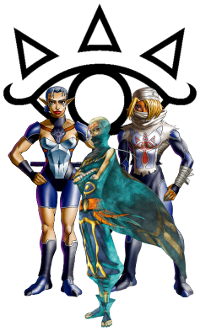 First and foremost, the Sheikah are warriors. Their agility and speed far surpasses those of any Hylian, as do their lifespans, and they are capable of small feats of magic in combat. The Sheikah don’t engage in traditional forms of battle and instead remain hidden until the right moment to swiftly strike. In the manga adaptation of Ocarina of Time, both Impa and Sheik have weapons that they use in battle, the former a small Japanese-style dagger she carries at the small of her back, and the latter a whip and throwing needles. When it is time to run, they envelop themselves in smoke from Deku Nuts and disappear, leaving no trace.
First and foremost, the Sheikah are warriors. Their agility and speed far surpasses those of any Hylian, as do their lifespans, and they are capable of small feats of magic in combat. The Sheikah don’t engage in traditional forms of battle and instead remain hidden until the right moment to swiftly strike. In the manga adaptation of Ocarina of Time, both Impa and Sheik have weapons that they use in battle, the former a small Japanese-style dagger she carries at the small of her back, and the latter a whip and throwing needles. When it is time to run, they envelop themselves in smoke from Deku Nuts and disappear, leaving no trace.
Though it’s never been confirmed, most Zelda fans have likened the Sheikah to ninja. Their fighting style and tendencies towards secrecy closely resembles that of ninja. Furthermore, the tribe’s clothing style is similar to that given to ninja in popular culture: bandages wrapped around their bodies, skin-tight dark clothing facilitating movement and concealment, and – in the case of Sheik – a mask that hides her face, could be easily used to describe the garments belonging to both types of warrior. Their tendency to remain in the shadows and protect their masters from there has also strengthened the connection between the two.
Aside from fighting and protecting, the Sheikah were also instructed by Hylia to be the keepers of legends. Throughout many of the games, many in which the name Sheikah isn’t even mentioned, this tribe functions as the historians of Hyrule. They safeguard the bloody history of Hyrule, stories that have become myth and heroes that have been forgotten. They also protect the future. They know of legends and prophecies, passing them from generation to generation, until the players in those tales come to the world and Sheikah can protect and guide them instead.
The Sheikah legacy goes far beyond the few remaining members players meet throughout the series. Their dealing in secrets, information and stories has been carried on by the Sheikah stones, or Gossip Stones, which bear their symbol and are scattered all throughout the land, waiting to help the Hero along in his journey to save Hyrule. Their special items are present in many of the games and usually involve seeing in the shadows or finding hidden things. Lastly, their symbol – a red eye topped with three triangles (a reference to the Triforce) over a large blood-red tear – can be found in several temples across games, in many garments Zelda wears, and even on characters from the Twilight Realm in Twilight Princess, perhaps indicating a legacy that goes far beyond the realms of Hyrule and into another world entirely.
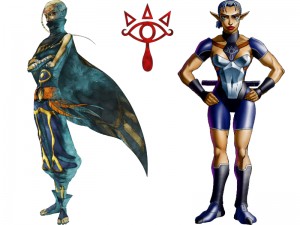 In Ocarina of Time, the last remaining member of the Shadow Folk is Impa. She is the last warrior and protector of the history of the Sheikah and Zelda’s caretaker. Impa is a woman of strength, power and wisdom that even stands up to Ganondorf to protect the princess of Hyrule. She is also the leader of Kakariko village, a previous Sheikah haven whose doors she opened to anyone in need of a home, especially after Ganondorf takes over Hyrule and ravages the land. Towards the end of Ocarina of Time, she is also revealed to be the Sage of Shadows and keeper of the Temple of Shadows.
In Ocarina of Time, the last remaining member of the Shadow Folk is Impa. She is the last warrior and protector of the history of the Sheikah and Zelda’s caretaker. Impa is a woman of strength, power and wisdom that even stands up to Ganondorf to protect the princess of Hyrule. She is also the leader of Kakariko village, a previous Sheikah haven whose doors she opened to anyone in need of a home, especially after Ganondorf takes over Hyrule and ravages the land. Towards the end of Ocarina of Time, she is also revealed to be the Sage of Shadows and keeper of the Temple of Shadows.
The name Impa has been carried down generations of Sheikah, from her first chronological appearance in Skyward Sword to the most recognizable one in Ocarina of Time, and even in Twilight Princess where the legacy of the unnamed tribe is left in the hands of an old woman named Impaz. In all incarnations, we see this woman as a powerful and capable leader, willing to do whatever it takes to defend Zelda and Hyrule. Time after time, the remains of the tribe are left on the hands of a woman. In fact, every member of the powerful Sheikah tribe players meet during the entire series is a woman. What befell the male members of the tribe is unknown, but it is known that the Sheikah are not like the all-female Gerudo. What is certain is that it is always a female, an Impa, that’s in charge.
This empowering of women through the Sheikah tribe is exemplified best by Zelda in Ocarina of Time. As a princess, Zelda is powerless, always at risk and unable to do anything to save her own kingdom. Once she dons a Sheikah alter ego, the mysterious Sheik, she is finally able to help Link, contribute to the salvation of her kingdom and the protection of the Triforce. Once she is revealed as the princess, she is kidnapped by Ganondorf and needs to be saved, but while she is a Sheikah, Zelda is powerful and independent.
The Shadow Clan certainly lives up to its name, but the tribe is all the more alluring for it. Very little is known, but what is known is amazing: we know of its might, its unparalleled loyalty and its ninja-like secrecy and effectiveness. We have witnessed the way the Sheikah empowered women throughout the history of Hyrule. In the end, it’s almost irrelevant how little we know of this clan; they’ve had the fascination of generations from the start and will continue to mesmerize players through the many Legend of Zelda games to come.
—
Lorraine Acevedo Franqui writes for Girls In Capes from Puerto Rico and holds degrees in English Literature and Psychology. Her main interests are young adult lit, anything related to The Legend of Zelda and Kingdom Hearts, assorted shounen mangas and cats.
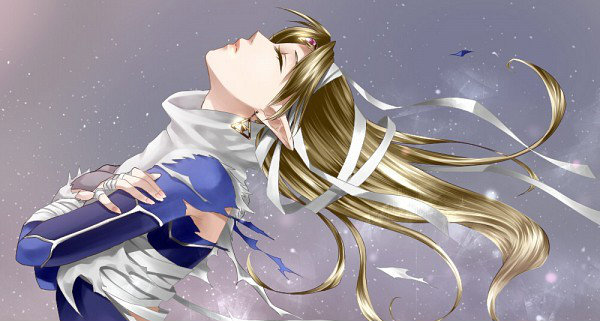

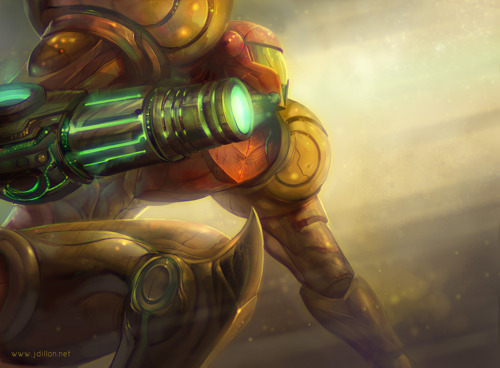
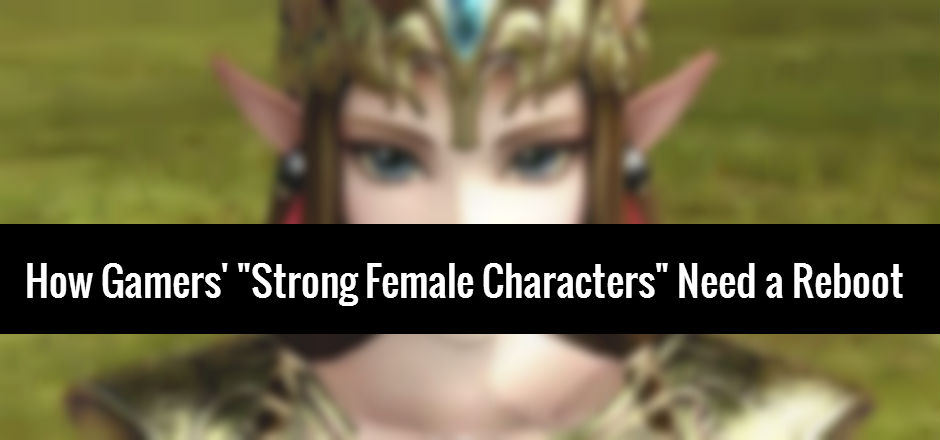



I’ve played a bit of Ocarina of Time: Master Quest for the Gamecube, since I missed it the first time around. Reading this article really makes me want to go back and see how this mysterious tribe plays out!